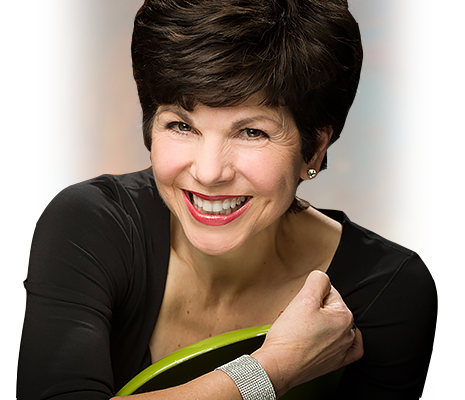 Within the last two weeks, I have sat through (endured, really), more than four chronological life stories. You know, where the person sharing tells you every detail of every significant event at every age from their past all the way up to the present day. It is excruciating – almost as bad as sitting through a boring 50-page PowerPoint presentation. (Well, maybe not that bad.)
Within the last two weeks, I have sat through (endured, really), more than four chronological life stories. You know, where the person sharing tells you every detail of every significant event at every age from their past all the way up to the present day. It is excruciating – almost as bad as sitting through a boring 50-page PowerPoint presentation. (Well, maybe not that bad.)
It’s just too much detail.
I know this to be true because I have been on both sides of the table: both as the offender and the offended. I remember destroying potential job opportunities that I might have enjoyed several years ago at LEGO and Yankee Candle Co. because I chose to spend most of the interview time telling my life story, rather than building rapport, learning more about the company, the hiring manager and his needs and positioning myself strategically. I blew it…but I’ve learned from the experience.
So here’s some helpful advice that I can offer you to help save you from yourself during important meetings – whether they are networking meetings, job interviews or formal presentations.
So think more deeply about how you might answer the questions “Tell me about yourself…” or “What do you do for a living?” when in a networking situation. When you next encounter a job interview, think differently about how you might respond to the invitation to “Walk me through your resume…” Is there a better way in which you can position yourself and create greater engagement and connection?.
You can also use this insight to help you create a powerful personal story to open or to close your next presentation with great impact!
In Presentation Situations
Personal stories are a fabulous way to open your presentation. Nothing grabs the attention better than a well-told story. It is a high engagement technique that can also be used in all sorts of communication venues. Every professional who desires to increase their influence needs to get skilled at and compentent in story telling.
I had the privilege of meeting motivational speaker and storyteller Catherine Conant at a recent professional women’s conference. She was the luncheon keynote speaker and did she ever WOW the audience. In addition to her powerful messages and provocative story telling, she gave us a template on how to tell our personal stories in a way that works. I don’t remember the exact words that she used, but this is the essence of her formula:
1. Who – what people were involved? You don’t have to name names, but let us know who was involved;
2. Where – give us the setting for the story. Describe the surroundings so we can visualize it and take ourselves there;
3. What problem or life-altering crisis took place?
4. Wisdom – what did you learn as a result of the crisis? What meaning or learning can we take away from your experience? How has it made you a wiser person? Note: Catherine strongly advised us never to end a story with the direct phrase “And the moral of this story is….” as this can turn off your audience. Let the wisdom be more open and receptive for all.
It’s all about shaping your story using an organized system that will help you keep it short and make it relevant to the audience. Another strong story telling formula that I like to use in presentations is the 3-part formula:
1. Incident – what happened – include the key events of the story (not all of them -only the important ones);
2. Point – what conclusion can be drawn from this story?
3. Benefit – why is this story relevant to your audience in this current context? What value could they derive from it that could help them right now.
Whatever story telling template you decide to use, you will need to practice it and get feedback on it. It will take time and effort as story telling is a skill that must be honed over time. And it’s worth every moment spent mastering this skill!
Leave a Comment. Please let me know what value you got out of this blog article. Please share it with others that you know and who could benefit from reading it.

